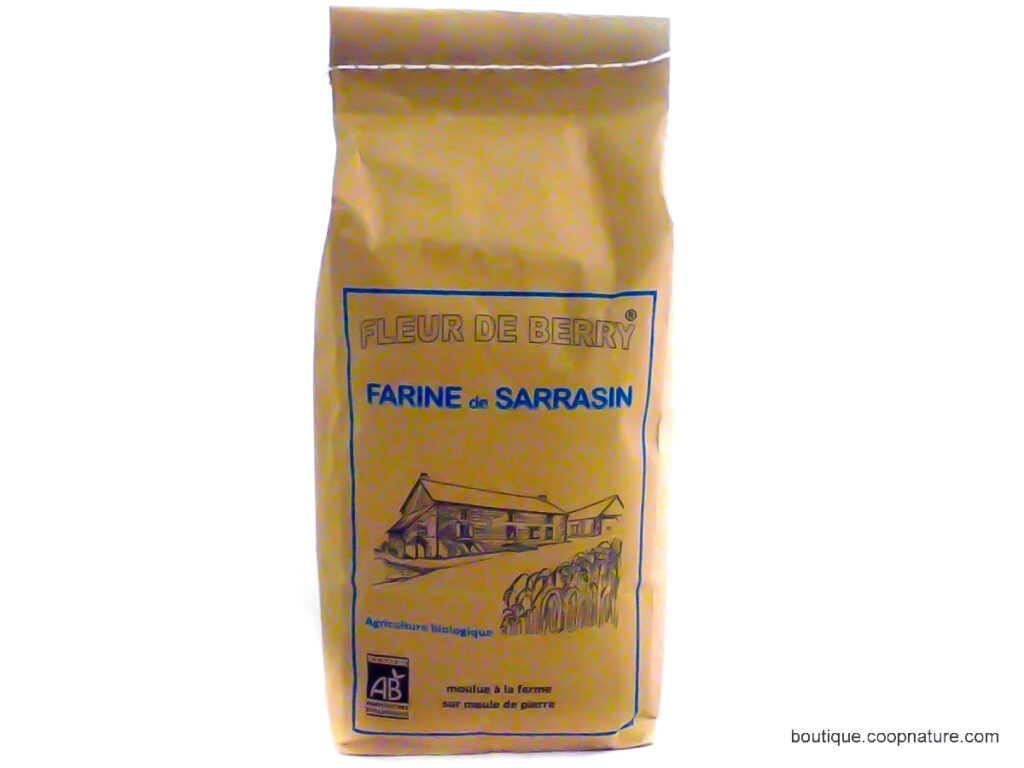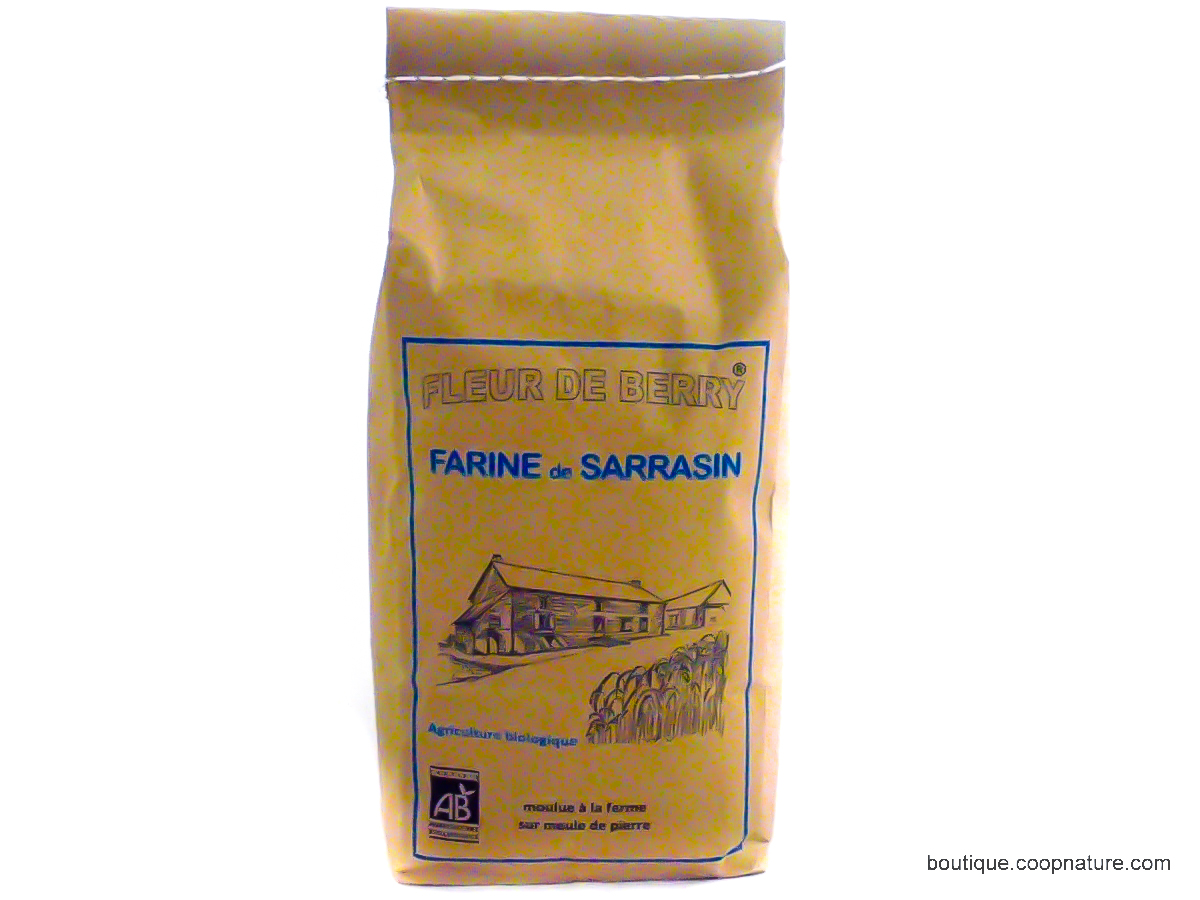
Unlocking the Potential of Buckwheat Flour: A Comprehensive Guide to Farine au Sarrasin
Buckwheat flour, or farine au sarrasin as it’s known in French, is a versatile and increasingly popular ingredient in kitchens worldwide. This gluten-free alternative offers a unique flavor profile and a wealth of nutritional benefits. This comprehensive guide will explore the origins, nutritional value, culinary uses, and potential health benefits of farine au sarrasin, providing you with everything you need to know to incorporate it into your diet.
What is Farine au Sarrasin?
Farine au sarrasin is simply buckwheat flour. Buckwheat, despite its name, is not related to wheat. It’s a pseudocereal, meaning it’s a seed that’s used in a similar way to grains. The seeds are ground into a fine flour that can be used in a variety of recipes. Originating in Asia, buckwheat has been cultivated for centuries and has become a staple in many cuisines around the world. Its earthy, slightly nutty flavor makes it a distinctive ingredient.
Origins and History
Buckwheat’s journey began in Southeast Asia, specifically in the Himalayan region. From there, it spread to Central Asia, the Middle East, and eventually Europe. In Europe, it gained popularity in regions with poor soil where wheat struggled to grow. France, in particular, embraced buckwheat, where it became a key ingredient in traditional dishes like galettes. The French term farine au sarrasin reflects this historical significance.
Nutritional Benefits of Buckwheat Flour
One of the main reasons for the growing popularity of farine au sarrasin is its impressive nutritional profile. It’s a good source of several essential nutrients, making it a healthy addition to any diet.
- Gluten-Free: Naturally gluten-free, making it suitable for individuals with celiac disease or gluten sensitivity.
- High in Fiber: Promotes digestive health and helps regulate blood sugar levels.
- Rich in Minerals: Contains magnesium, iron, phosphorus, and potassium, which are important for various bodily functions.
- Source of Protein: Provides a decent amount of plant-based protein, contributing to muscle building and repair.
- Antioxidants: Contains rutin and other antioxidants that help protect against cell damage.
Detailed Nutritional Breakdown
A 100-gram serving of farine au sarrasin typically contains:
- Calories: Approximately 343
- Protein: Around 13 grams
- Carbohydrates: About 71 grams
- Fiber: Approximately 10 grams
- Fat: Roughly 3.4 grams
It’s important to note that these values can vary slightly depending on the specific brand and processing methods.
Culinary Uses of Farine au Sarrasin
Farine au sarrasin is incredibly versatile in the kitchen. Its unique flavor and texture make it a valuable ingredient in both sweet and savory dishes. Here are some popular culinary applications:
- Galettes: A traditional French savory pancake made with buckwheat flour. These are often filled with cheese, ham, eggs, or vegetables.
- Soba Noodles: A staple in Japanese cuisine, soba noodles are made from buckwheat flour and are typically served cold with dipping sauce or in hot broth.
- Pancakes and Crepes: Buckwheat flour can be used to make pancakes and crepes with a slightly nutty flavor.
- Breads and Muffins: Adds a hearty texture and unique flavor to breads, muffins, and other baked goods.
- Thickening Agent: Can be used to thicken soups, stews, and sauces.
Recipes Using Buckwheat Flour
Here are a couple of simple recipes to get you started with farine au sarrasin:
Buckwheat Pancakes
Ingredients:
- 1 cup farine au sarrasin
- 1 teaspoon baking powder
- 1/2 teaspoon salt
- 1 tablespoon sugar (optional)
- 1 egg
- 1 cup milk
- 2 tablespoons melted butter
Instructions:
- In a bowl, whisk together the buckwheat flour, baking powder, salt, and sugar (if using).
- In a separate bowl, whisk together the egg, milk, and melted butter.
- Pour the wet ingredients into the dry ingredients and stir until just combined.
- Heat a lightly oiled griddle or frying pan over medium heat.
- Pour 1/4 cup of batter onto the hot griddle for each pancake.
- Cook for 2-3 minutes per side, or until golden brown.
- Serve with your favorite toppings.
Buckwheat Galettes
Ingredients:
- 1 cup farine au sarrasin
- 1/2 teaspoon salt
- 1 3/4 cups water
- 1 tablespoon melted butter
- Fillings of your choice (cheese, ham, eggs, vegetables)
Instructions:
- In a bowl, whisk together the buckwheat flour and salt.
- Gradually add the water, whisking until smooth.
- Stir in the melted butter.
- Let the batter rest for at least 30 minutes.
- Heat a lightly oiled crepe pan or frying pan over medium heat.
- Pour a thin layer of batter onto the hot pan, spreading it evenly.
- Cook for 2-3 minutes, or until the edges start to curl up.
- Flip the galette and cook for another minute.
- Add your desired fillings to the center of the galette.
- Fold the edges of the galette inward to create a square shape.
- Cook for another minute, or until the fillings are heated through.
- Serve immediately.
Health Benefits of Farine au Sarrasin
Beyond its culinary versatility, farine au sarrasin offers several potential health benefits:
- Improved Heart Health: The rutin in buckwheat flour may help improve blood vessel function and reduce the risk of heart disease.
- Blood Sugar Control: The high fiber content can help regulate blood sugar levels, making it a good choice for individuals with diabetes.
- Weight Management: The fiber and protein content can help promote satiety, which may aid in weight management.
- Digestive Health: The fiber in buckwheat flour promotes healthy digestion and can help prevent constipation.
Scientific Studies and Research
Several studies have investigated the health benefits of buckwheat. For example, research has shown that buckwheat consumption can lead to improvements in cholesterol levels and blood pressure. Further studies are ongoing to explore the full range of potential health benefits.
Where to Buy Farine au Sarrasin
Farine au sarrasin is widely available in most grocery stores, health food stores, and online retailers. Look for it in the baking aisle or the gluten-free section. When purchasing, check the label to ensure that it is 100% buckwheat flour and does not contain any added ingredients.
Tips for Storing Buckwheat Flour
To maintain its freshness and quality, store farine au sarrasin in an airtight container in a cool, dry place. It can also be stored in the refrigerator or freezer for longer shelf life. Be sure to check the expiration date before using.
Potential Drawbacks and Considerations
While farine au sarrasin is generally safe for most people, there are a few potential drawbacks to consider:
- Allergies: Although rare, some individuals may be allergic to buckwheat. If you experience any allergic symptoms after consuming buckwheat, discontinue use and consult a doctor.
- Phytic Acid: Buckwheat contains phytic acid, which can inhibit the absorption of certain minerals. Soaking or fermenting buckwheat before use can help reduce phytic acid levels.
- Flavor: The distinct earthy flavor of buckwheat may not appeal to everyone. Start by using it in small amounts and gradually increase the quantity as you become more accustomed to the taste.
Conclusion
Farine au sarrasin is a nutritious and versatile ingredient that offers a range of culinary and health benefits. Whether you’re looking for a gluten-free alternative, a way to boost your fiber intake, or simply a unique flavor to add to your dishes, buckwheat flour is an excellent choice. Experiment with different recipes and discover the many ways you can incorporate this ancient grain into your modern diet. Embrace the potential of farine au sarrasin and elevate your culinary creations.
By understanding the origins, nutritional value, and culinary uses of farine au sarrasin, you can confidently add it to your pantry and enjoy its many benefits. From traditional galettes to innovative baked goods, the possibilities are endless. So, go ahead and explore the world of buckwheat flour – your taste buds and your health will thank you. Remember to look for high-quality farine au sarrasin and store it properly to ensure its freshness and flavor. With a little experimentation, you’ll soon be a buckwheat flour enthusiast!
[See also: Gluten-Free Baking Tips and Tricks]
[See also: Healthy Recipes with Buckwheat]
[See also: Understanding Gluten Intolerance]

